Lesvos
Lesvos / Izmir: Designing for the Refugee Crisis
A visual journey of collaborative work
Designing, Building and Caring for Vulnerable refugees
Research led by Robert Mull, Amalia Katapodis, Shareen Elnaschie and Gaia Crocella. Advisor and online resource: Xenia Adjoubei.
With the support of The Global Free Unit and Umea University, Sweden
In partnership with Stand By Me Lesvos, Office of Displaced Designers
At the invitation of the NGO Lesvos Solidarity, we ran a two-week intense research and design workshop with a team of architecture students, sited in the area of Moria Camp, Lesvos, and facilitated by The Office of Displaced Summer workshop Lesvos designers, develop design proposals for the support of refugees on the island.
Facilitated by local organisation, The Office of Displaced Designers, participants worked through a collaborative online platform with local organisations, volunteers and residents to identify specific needs. We looked at four objectives: shelter, heating, cooling and water management. The workshop generated the design solutions presented below, as well as communicating this research and ideas to local stakeholders and refugees via online presentations and publications.
We believe this online resource may work as a valuable tool to share design ideas to aid the refugee crisis, not only on Lesvos, but internationally and hope to bring these designs to realisation in the near future.
We believe this online resource may work as a valuable tool to share design ideas to aid the refugee crisis, not only on Lesvos, but internationally and hope to bring these designs to realisation in the near future.
~
Site Context & Location
Moria Refugee Camp, Mytilene, Lesvos, Greece
Moria Refugee Camp, Mytilene, Lesvos, Greece
- Moria refugee camp taken in July 2017 and January 2020Moria Refugee Camp is located 8 km away from the Capital City of Lesvos, Mytilene. It is currently the largest European Refugee Camp accommodating over 17,000 people.
“
The essence of the challenge of design responding to displaced people is that as architects we cannot operate as in any other context. There is always a disruption: a disruption by disaster, the trauma, the fact that they have no agency because they are displaced.
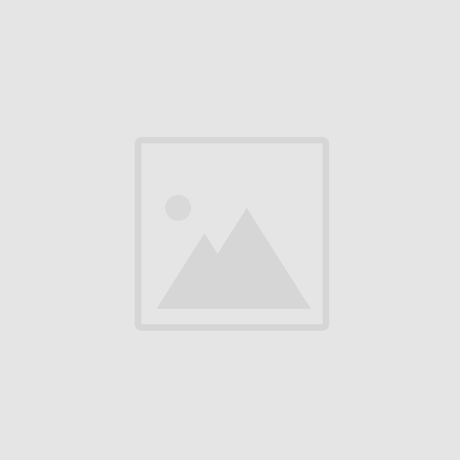
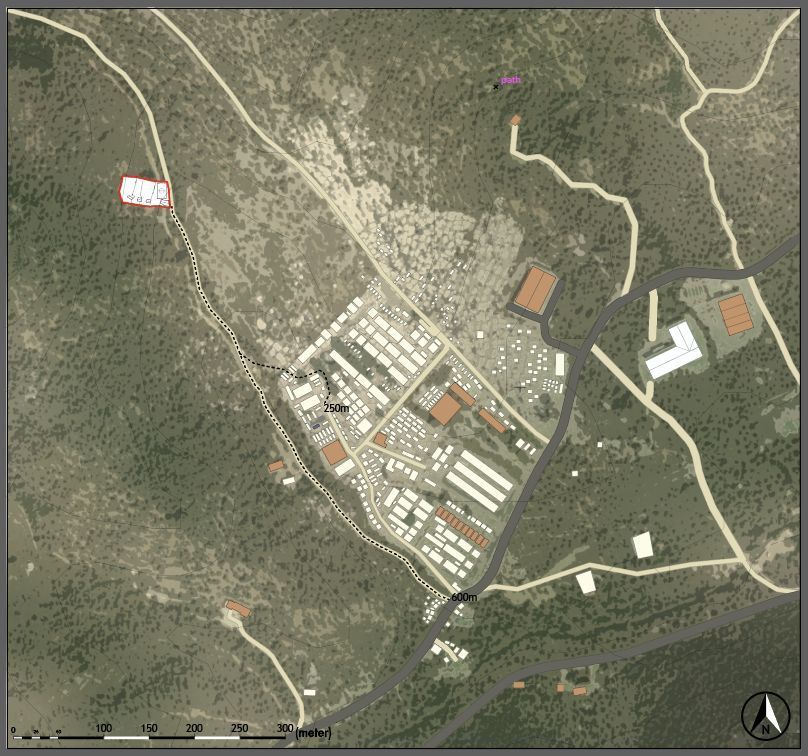
Map illustrating the migrant routes from Turkey into Europe through Lesvos Island
The site is located 600 metres away from the main vehicle street leading to Moria Refugee Camp. The closest access route from the camp is 250 metres away.
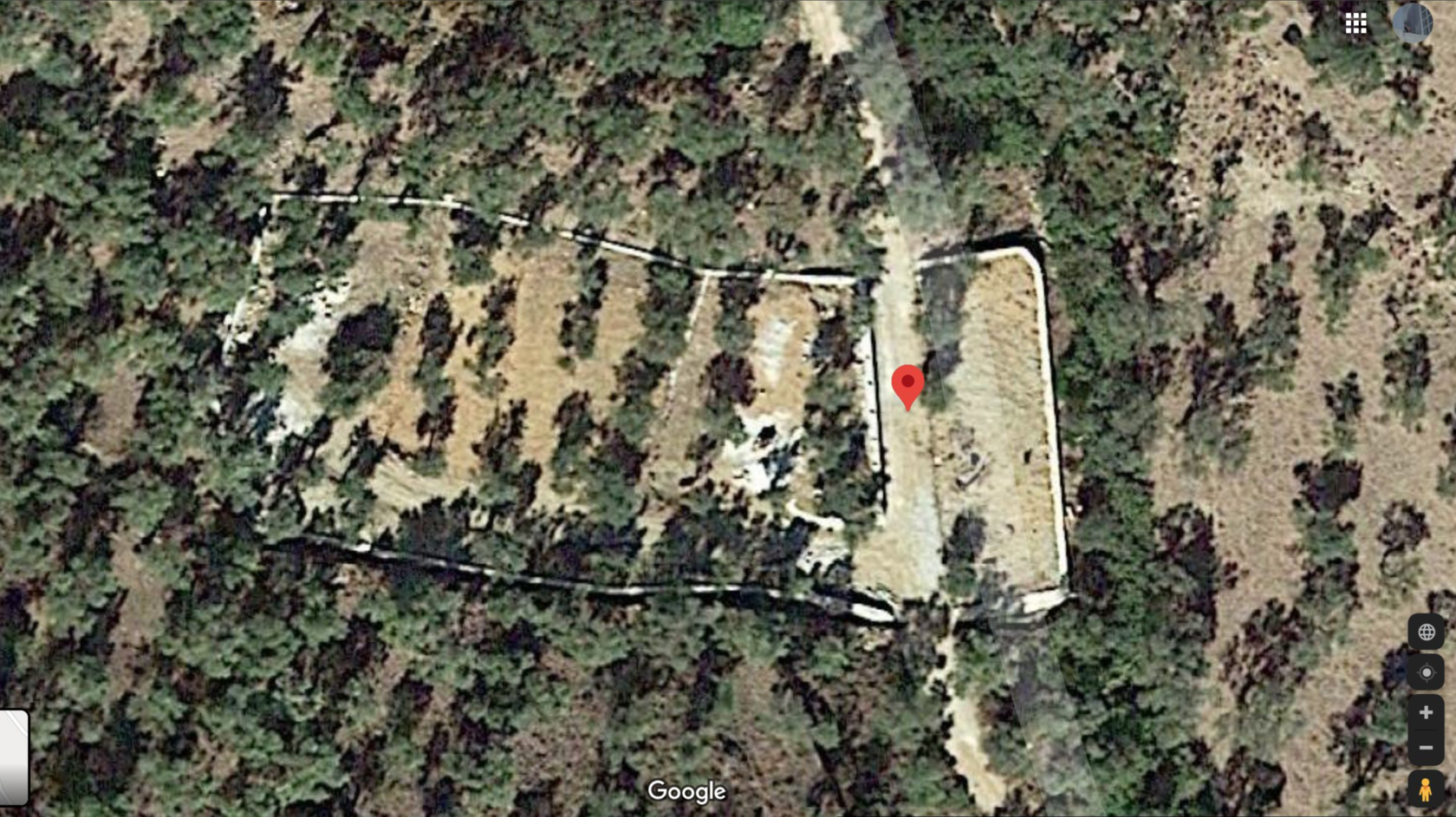

“
When people have experienced the trauma of a disaster, of loosing everything, yes you can give them a shelter, an item, a tent - that doesn't solve their life, give them any dignity or empower them. Humanitarian shelter is a process; people come with skill capacity; what we are trying to do in humanitarian shelter is a process of exchange, giving them the opportunity to build themselves their own homes.
The previous centre was burned down as a result of widespread fascist attacks in February 2020 which targeted personnel and centres supporting the displaced community.



Temporality
Due to legal restrictions there is no permission to build anything of permanence. Most structures consists of a tent (usually party tent) and tarps. This type of construction does not respond well to the climatic conditions, in winter indoor climate is incredibly cold due to lack of insulation, during summer they get exhaustingly hot due to lack of thermal mass and ventilation systems.
Due to legal restrictions there is no permission to build anything of permanence. Most structures consists of a tent (usually party tent) and tarps. This type of construction does not respond well to the climatic conditions, in winter indoor climate is incredibly cold due to lack of insulation, during summer they get exhaustingly hot due to lack of thermal mass and ventilation systems.
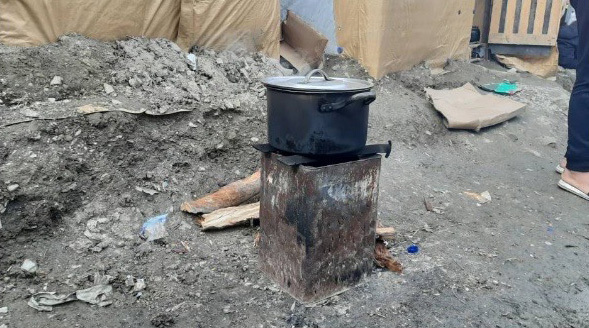
Information
The camp has poor access to electricity and internet service which makes access to information difficult. People rely on NGO ́s on site to be informed on the asylum process, Covid-19 prevention, human rights etc.
The camp has poor access to electricity and internet service which makes access to information difficult. People rely on NGO ́s on site to be informed on the asylum process, Covid-19 prevention, human rights etc.
Waiting
Most of the day is spent waiting. Each day you wait in line for water and for food on three occasions. Waiting to get an appointment to do asylum application, waiting for result. Waiting for the toilets. Waiting for the showers. After waiting in line to supply for the basic needs not much time or energy is left to work on improving the situation. Nevertheless there are incredible and creative initiatives coming from within the camp.
Most of the day is spent waiting. Each day you wait in line for water and for food on three occasions. Waiting to get an appointment to do asylum application, waiting for result. Waiting for the toilets. Waiting for the showers. After waiting in line to supply for the basic needs not much time or energy is left to work on improving the situation. Nevertheless there are incredible and creative initiatives coming from within the camp.

Education
People spend up to two years in Moria. 2 years is a long time especially for a child. Children's upbringing cannot be put on hold. Continuity in education is crucial to get a fair chance in life arriving at a new place.
People spend up to two years in Moria. 2 years is a long time especially for a child. Children's upbringing cannot be put on hold. Continuity in education is crucial to get a fair chance in life arriving at a new place.

The available site presents is divided into 4 levels
Reference Site Plan of Site Views
Reference Site Plan of Site Views
06 View from Top Level to the Site bottom
01 Site Entrance






02 View from Ground Level
03 View from First Level
04 View from Road on Site
05 View towards Security Caravan
The Moria Academia
The following schemes (the 3 group designs) outline a concept stage design proposal for a new informal education centre, Moria Academia, dedicated to asylum seekers and refugees located within the informal camp area surrounding Moria Hotspot on the Greek island of Lesvos. The Moria Academia project is run by the local charity Stand By Me Lesvos, and formed the basis of a two week intensive architectural workshop delivered by the Global Free Unit (GFU) - supported by the University of Umea, in collaboration with the local organisation Office of Displaced Designers (ODD).
The previous centre was burned down as a result of widespread fascist attacks in February 2020 which targeted personnel and centres supporting the displaced community.
The previous centre was burned down as a result of widespread fascist attacks in February 2020 which targeted personnel and centres supporting the displaced community.
The new project of the Academia is led by Stand By Me Lesvos (SBML), a non-profit organisation supporting refugees throughout the process of integration into mainstream society by providing safe and positive spaces accommodating educational programmes and activities.
During 2020 a new initiative was created: the educational center Moria Academia run by camp residents for camp residents. The new space will offer language education for men, women, and children as well as promote skills assisting a better integration of the refugee communities within future locations.
Stand By Me Lesvos (SBML) is a non-profit organisation supporting refugees throughout the process of integration into mainstream society by providing safe and positive spaces accomodating educational programmes and activities. The challenges highlighted throughout the brief were immediate: the new Academia is facing building regulations preventing a permanent building structure, a limited budget and last but not least the pressure of time for an urgent spatial response.
During 2020 a new initiative was created: the educational center Moria Academia run by camp residents for camp residents. The new space will offer language education for men, women, and children as well as promote skills assisting a better integration of the refugee communities within future locations.
Stand By Me Lesvos (SBML) is a non-profit organisation supporting refugees throughout the process of integration into mainstream society by providing safe and positive spaces accomodating educational programmes and activities. The challenges highlighted throughout the brief were immediate: the new Academia is facing building regulations preventing a permanent building structure, a limited budget and last but not least the pressure of time for an urgent spatial response.
“
The teams grasped quickly the difficult balance of scale, temporality, trauma. Thinking of the scale of the island, the design point to some great opportunities of collaborations with local actors and groups.
Design Theme One was taken further as a design project, interconnecting Design Themes Two and Three
1. Design Theme One
Led by Shareen Elnaische
Team: Meimei Montan, Iulia Cistelecan, Vincent Tuma Fischer
Led by Shareen Elnaische
Team: Meimei Montan, Iulia Cistelecan, Vincent Tuma Fischer
The main principles shaping the future design of Moria Academy are planning for uncertainty and the strong community participation . The proposed design aims to respond to the ever changing context determined by factors such as the lack of permanence, the highly diverse needs as well as future challenges of expansion, contraction or relocation of the space. The participatory aspect has been carefully considered throughout the proposal. Therefore, the design process has been planned in order to assure opportunities for engagement with both the displaced and local community with the aims of empowering the users and investing dignity in the newly created spaces from its design and building process to its final result.
the site
The proposed response explores the use of a primary cover in the form of quickly erected polytunnels which allow programming to commence. A secondary lightweight internal structure is then constructed over time benefiting from community input, customisation and integrated training opportunities. The harmony and adaptability of the two components allow for a simple yet effective response to the seasonal environmental factors present in Lesvos. The overarching canopy of the polytunnel covers the majority of the site and protects from temperature change and precipitation. The internal educational landscape is composed of sand-bag insulated classroom modules and green recreational courtyards.
Construction details
A 1.10 scale model exploring the junctions of a classroom pod (wall, roof, foundation) and the opportunities of a sand bag system
Construction Manual
The Construction Manual gives the opportunity of an immediate start of building on site and creates the inviting environment for community participation of both the displaced and local people. The Manual is being translated in the most frequently spoken languages of Moria, English, Arabic and Pashto aiming to promote inclusivity and encouraging everyone into engagement.

“
The creation of the second skin, or the internal classroom pods can be a collective extra-curricular activity in itself.

~
~
2. Design Theme Two
Led by Amalia Katopodis
Team: Myrto Efthymiadi, Fredrik Olausson Elvira Nielsen, Sonja Lindgren
Led by Amalia Katopodis
Team: Myrto Efthymiadi, Fredrik Olausson Elvira Nielsen, Sonja Lindgren
Our approach is to read Moria in a bigger context of interconnected places and processes. Therefore, our proposal addresses not only the site but also Moria camp, the local community of Lesvos and the global network of digital exchange. Moria is not isolated in time and space. The people who come here have a history and a future which the camp as a place can collect identity from. Our aim is to acknowledge this and to give a displaced community possibility to intertwine with a wider context.
We started asking ourselves what education can be. Does it have to be seen as a traditional teacher to student learning or can it be part of everyday life and interactions?
In this diagram we started identifying different situations where everyday activities can promote learning and especially language learning. We wanted to look beyond the school and create informal education around Moria camp, Lesvos and the world. Extending the potential learning sites could also generate cultural exchange which is important to integrate people into a society. It is also important to spread the story of the people living in Moria to create awareness around the world.
Wifi and electricity could be possible tools to realize the intended connection. However, the access to such tools is at this point extremely poor.
In this diagram we started identifying different situations where everyday activities can promote learning and especially language learning. We wanted to look beyond the school and create informal education around Moria camp, Lesvos and the world. Extending the potential learning sites could also generate cultural exchange which is important to integrate people into a society. It is also important to spread the story of the people living in Moria to create awareness around the world.
Wifi and electricity could be possible tools to realize the intended connection. However, the access to such tools is at this point extremely poor.
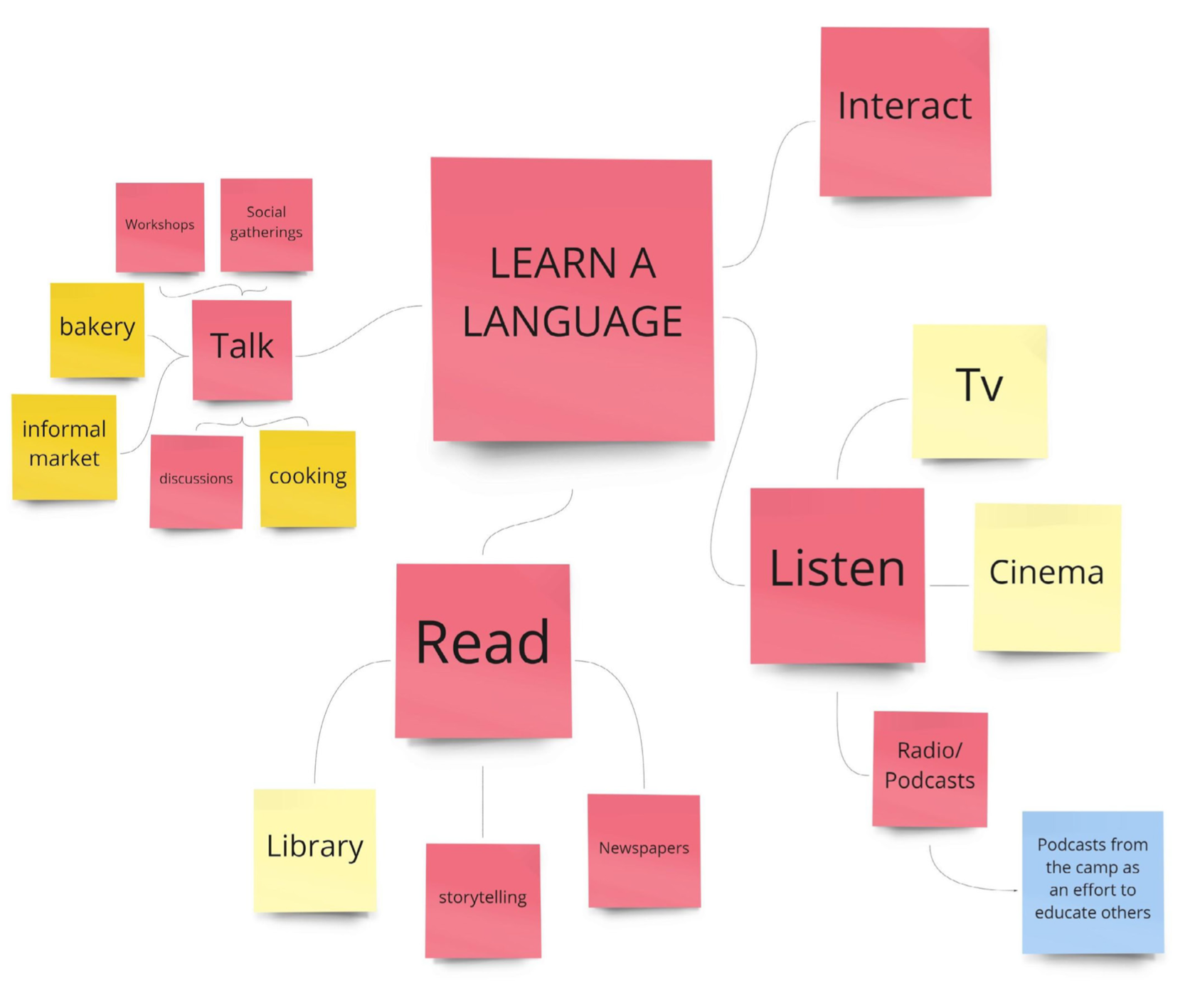
What can education be?
We see courtyard as a set of qualities rather than in terms of a building element.
Historically a square is a place for democratic processes and a natural gathering place in the middle of a society. Our square has to give the people a sanctuary from all the worries that prevail in the displaced community. Here you can forget the concerns which go hand in hand with escape and achieve personal growth.
Historically a square is a place for democratic processes and a natural gathering place in the middle of a society. Our square has to give the people a sanctuary from all the worries that prevail in the displaced community. Here you can forget the concerns which go hand in hand with escape and achieve personal growth.
Courtyard as a concept

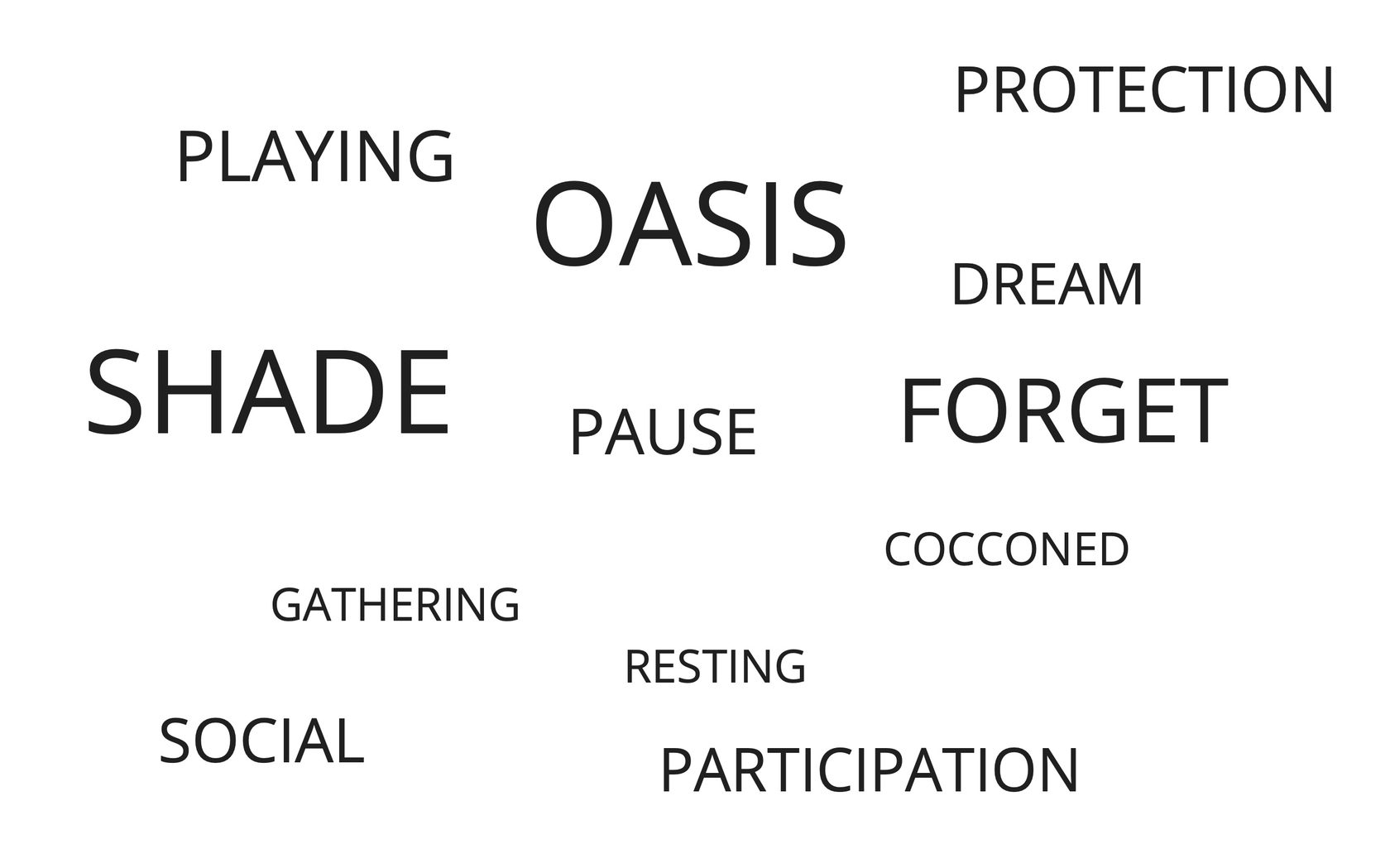
If you're worried and your mind is elsewhere, it can be difficult to focus on you education.
Since the courtyard's not a static place it is possible to adjust it depending on the participants. It is easy to be too ambitious but in this gap it doesn't have to happen too much and that can bring spontaneous activity initiated by the participants. In order to enable transformation, pallets are the main building material we can obtain.
The children could have the possibility of creating their own society of pallets and old car parts which can be found in a car cemetery close by. This could be part of their education to build the society. The pallet amphitheatre is easy to build and can either be a bleacher or a lecture hall which can fit many students at once.
Since the courtyard's not a static place it is possible to adjust it depending on the participants. It is easy to be too ambitious but in this gap it doesn't have to happen too much and that can bring spontaneous activity initiated by the participants. In order to enable transformation, pallets are the main building material we can obtain.
The children could have the possibility of creating their own society of pallets and old car parts which can be found in a car cemetery close by. This could be part of their education to build the society. The pallet amphitheatre is easy to build and can either be a bleacher or a lecture hall which can fit many students at once.
Play and Socialize


Our approach is to read moria in a bigger context of interconnected places and processes. Therefore, our proposal addresses not only the site but also moria camp, the local community of lesvos and the global network of digital exchange.
Moria is not isolated in time and space. The people who come here have a history and a future which the camp as a place can collect identity from. Our aim is to acknowledge this and to give a displaced community possibility to intertwine with a wider context.
Moria is not isolated in time and space. The people who come here have a history and a future which the camp as a place can collect identity from. Our aim is to acknowledge this and to give a displaced community possibility to intertwine with a wider context.
Moria - working across scales

The site:
School
Our understanding of education and delivering of teaching is limited by our own experiences of school in european countries.
Allowing flexibility in the classrooms and establishing a space that can be occupied in a multitude of ways, allows for an exchange of cultural experience. The courtyard can serve as the ground zero of building networks and relationships.
School
Our understanding of education and delivering of teaching is limited by our own experiences of school in european countries.
Allowing flexibility in the classrooms and establishing a space that can be occupied in a multitude of ways, allows for an exchange of cultural experience. The courtyard can serve as the ground zero of building networks and relationships.
The camp:
mobile structure / community involvement
We envision the construction of the school as a learning workshop for the inhabitants of the camp.
Getting involved in tasks around the school such as preparing the ground, the laying of the drystone and making the site more accessible.
mobile structure / community involvement
We envision the construction of the school as a learning workshop for the inhabitants of the camp.
Getting involved in tasks around the school such as preparing the ground, the laying of the drystone and making the site more accessible.
Local community:
pop-up events / structures
Seeing Lesvos and the city of Mytilene as an extension of the site where informal education can take place through pop up structures.
Inhabiting the rest of the island can also help engage the local population and create bonds between refugees and locals. This will help in establishing a network.
pop-up events / structures
Seeing Lesvos and the city of Mytilene as an extension of the site where informal education can take place through pop up structures.
Inhabiting the rest of the island can also help engage the local population and create bonds between refugees and locals. This will help in establishing a network.
Global:
funding and network building
Outreach is an important aspect of the building of the school, including reliance on donations and global suppliers of products.
The establishment of global connections and networks, however, also requires resources such as access to Wi-Fi, relationships with NGO's etc.
funding and network building
Outreach is an important aspect of the building of the school, including reliance on donations and global suppliers of products.
The establishment of global connections and networks, however, also requires resources such as access to Wi-Fi, relationships with NGO's etc.
“
Fascinated of the notion of customisation and the use of the in-between space.
Proposal for new school
During this project we have explored different ways, traditional and alternative, to enhance continuity and bring a sense of permanency to the school site and in the camp.
This work is divided under three topics: thermal mass, climate control and vegetation.
Our proposal involves a short wall, somewhat permanent, that along with the retaining walls create a grid within which we place units, classrooms. Using polytunnels, which comes in many different sizes, we designed a system that can adapt to special needs and also, aesthetically generates a whole, rather than fragments. To improve the climatic response a shading element is used as a second skin, protecting from the heat of the sun, and protects the polytunnel canvas from drying out, making it last longer. When the polytunnel is lifted from the ground we achieve a generous ceiling height and improved ventilation. The foundation can help protecting the indoor spaces from flooding.
During this project we have explored different ways, traditional and alternative, to enhance continuity and bring a sense of permanency to the school site and in the camp.
This work is divided under three topics: thermal mass, climate control and vegetation.
Our proposal involves a short wall, somewhat permanent, that along with the retaining walls create a grid within which we place units, classrooms. Using polytunnels, which comes in many different sizes, we designed a system that can adapt to special needs and also, aesthetically generates a whole, rather than fragments. To improve the climatic response a shading element is used as a second skin, protecting from the heat of the sun, and protects the polytunnel canvas from drying out, making it last longer. When the polytunnel is lifted from the ground we achieve a generous ceiling height and improved ventilation. The foundation can help protecting the indoor spaces from flooding.

~
3. Design Theme Three
Led by Gaia Crocella
Team: Anouck Johansson Chatel, Christine Aglot, Oscar Magnuso, Yoko Xie
Led by Gaia Crocella
Team: Anouck Johansson Chatel, Christine Aglot, Oscar Magnuso, Yoko Xie
- Responding to emergency need with a fast building process and easily acquired material
- Modular system adaptable to the needs of the school
- Building process that contributes with activity/occupation/labour opportunity within the displaced community
- Maintaining materials: Using an accessible material that is already present within the camp, that can be acquired as a pre-used material and re-sold after serving its purpose on site



Pallet system



“
A maximum effect with minimum impact - working with the senses: creating an education process as a healing process.
Roof
Seaweed roofing
“
Art can sustain communities, manual labour can be a generator of new economies.
Example Classroom

Resource strategy

Emergency Phase
1. Deliver pallets
2. Build columns
3. Attach tensile membrane
1. Deliver pallets
2. Build columns
3. Attach tensile membrane
Construction Phase
1. Ground & topography
2. Classroom walls
3. Classroom roof
1. Ground & topography
2. Classroom walls
3. Classroom roof
After Construction
1. Adding Value
2. Labor (Insulation)
1. Adding Value
2. Labor (Insulation)
Phases of construction
~
Team
Workshop Leaders
Interdine, Publica, London, United Kingdom
Gaia Crocella
Gaia is an urban designer and researcher working in the intersection of urban design, activism, architecture and performative arts. Gaia holds a master degree in Architecture and Activism from Umeå School of Architecture and is based in London where she works as an urban designer that contributes to the development of strategies and visions for a 'better' and more humane city.
Office of Displaced Designers, Lesvos, Greece
Shareen Elnaschie
Shareen is a spatial designer and creative researcher working at the intersection of cooperation, sustainable development and humanitarian aid. Shareen holds a masters degree in International Cooperation: Sustainable Emergency Architecture from UIC Barcelona and is based on Lesvos, Greece where she runs the Office for Displaced Designers.
Umeå University, Umeå, Sweden
Amalia Katapodis
Practicing architect and pedagogue; graduate of the University of East London, UK with focus on Sustainability and Urban Design. Was worked in various architectural practices and co-founder of the i.architects design studio, Athens Greece. Part of team starting up the AMC School of Architecture in Athens 2011 and in recent years based in Umeå School of Architecture. During her years of teaching she has held positions including Deputy Head of School, Program Director and First Year and MA Studio leader.
Architect, Activist, Head of Global Free Unit, Director at Publica
Robert Mull
Robert is an architect, educator, urbanist and activist. Head of the several architecture schools in the past, co-founder of MARCH, creator of the Global Free Unit. Robert researches and practices architecture in overcoming social crises, working in zones of fast social and economic change. In the 1980s he was part NATO, which greatly influenced modern British architecture. Robert is also the Director of Innovation at Publica.
With the support of
Global Free Unit
Xenia Adjoubei
Mark Pearce
Participants / Designers
Design Theme One
Iulia Cistelecan
Design Theme One
Meimei Montan
Design Theme One
Vincent Tuma Fischer
Design Theme Two
Myrtho Efthymiadi
Design Theme Two
Sonja Lindgren
Design Theme Two
Elvira Nielse
Design Theme Two
Fredrik Olausson
Design Theme Three
Christine Aglot
Design Theme Three
Anouck Johansson Chatel
Design Theme Three
Oscar Magnuson
Design Theme Three
Yoko Xie
Guest Experts
co-founder NaN Restaurant, Lesvos Solidarity
Lena Altinoglou
former interpreter at HIAS
Jalal Barekzai
Tiafe Community Centre, Izmir, Turkey
Elizabeth Cunningham
Global Free Unit
Antigoni Goutaki
Watershed coordinator
Jonas Härter
Health Promotion Supervisor, MSF
Nicolien Kegels
Global Free Unit, Seeds
Karl Lenton
CAUKIN Studio
Harrison Marshall
Tiafe Community Centre, Izmir, Turkey
Anne O'Rourke
Moria Corona Awareness Team (MCAT)
Omid
CAUKIN Studio
Joshua Peasley
ODD co-founder
Kimberly Pelkofsky
The Tribe Projects, Izmir and Torbali, Turkey
Kelli Scott
Lead Consultant British Council Active Citizens Programme
Dan Smith
Institute of Development Studies, Sussex University
Dolf Te Lintelo
CARE International
Crystal Whitaker

